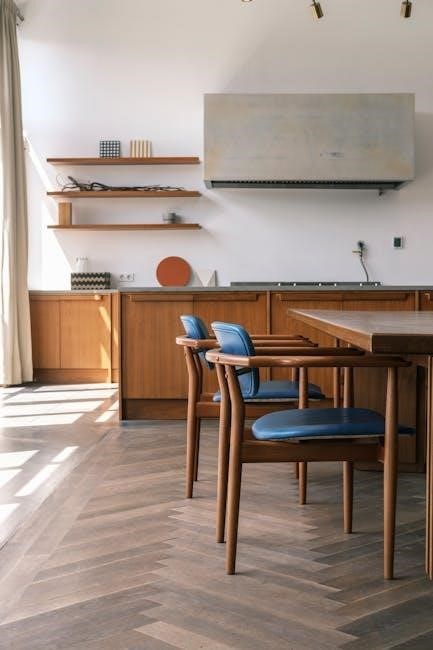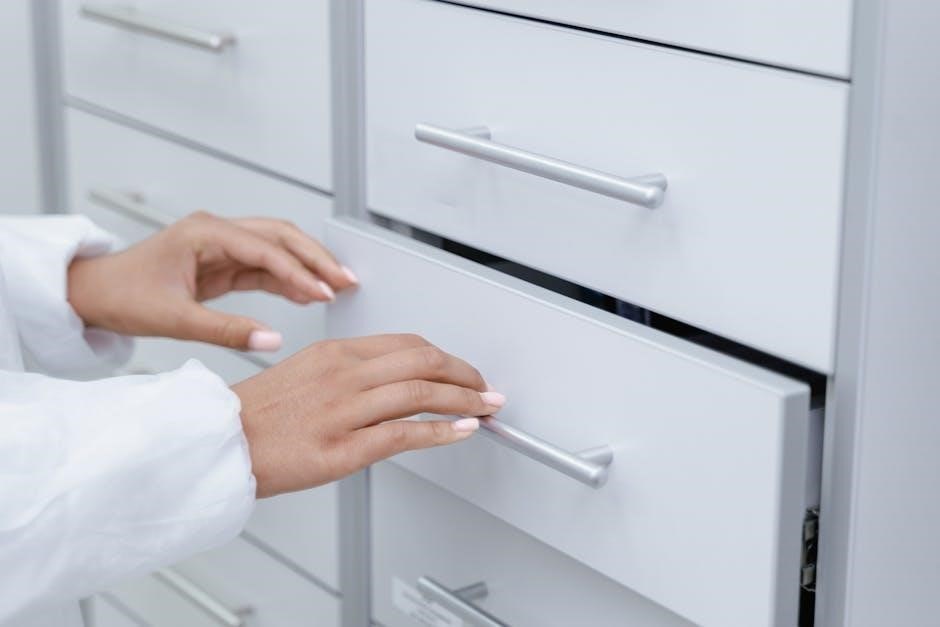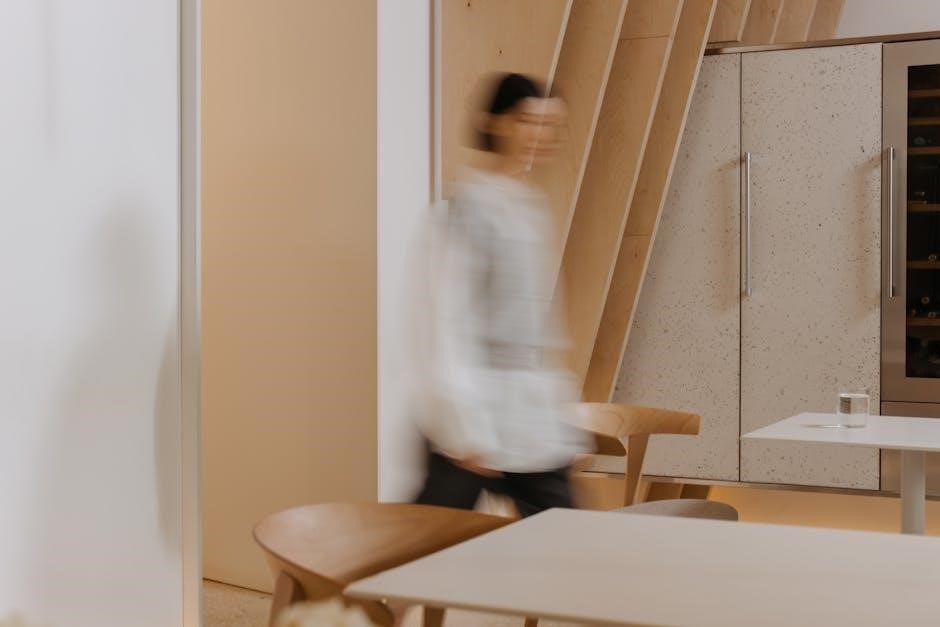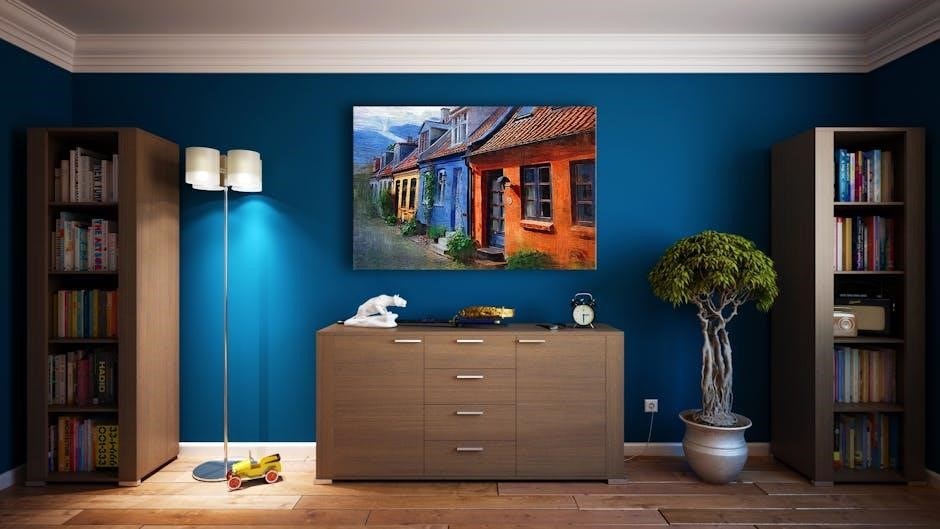cabinet pull placement guide

When it comes to designing or renovating a kitchen or bathroom, one of the most overlooked yet impactful decisions is the placement of cabinet hardware․ Cabinet pulls, knobs, and handles not only serve a functional purpose but also play a significant role in the overall aesthetic of the space․ Whether you’re aiming for a modern, sleek look or a traditional, timeless feel, the placement of your cabinet hardware can make or break the design․ This guide will walk you through the essential considerations for proper cabinet pull placement, ensuring your space is both functional and visually appealing․

The placement of cabinet hardware is not a one-size-fits-all solution․ It depends on various factors, including the size and type of cabinets, the style of the hardware, and the intended use of the space․ For instance, smaller cabinets may require smaller knobs or pulls, while larger drawers or doors might benefit from more substantial hardware․ Additionally, the height and reach of the hardware are critical, especially in kitchens where accessibility is key․ Placing pulls or knobs too high or too low can lead to discomfort and inconvenience․

One of the most common questions when it comes to cabinet pull placement is the “1:3 rule․” This rule suggests that the width of the pull should be approximately one-third the width of the cabinet drawer or door․ For example, a drawer that is 36 inches wide might look best with a pull that is 12 inches wide․ This proportion creates a balanced and harmonious look that is pleasing to the eye․ However, this rule is not set in stone, and there are situations where deviating from it can yield stunning results․ Ultimately, the choice depends on your personal style and the overall design of the room․


Another important consideration is the placement of the hardware on the door or drawer itself․ For knobs, a classic approach is to center them vertically on the door or drawer, aligning them with the midpoint of the face frame․ This creates a symmetrical and clean look․ For pulls, especially on drawers, centering them horizontally is usually the way to go․ However, some designers opt to place pulls slightly above the midpoint for a more contemporary feel․ The key is to ensure consistency across all cabinets and drawers to maintain a cohesive look․

Beyond functionality and aesthetics, the placement of cabinet hardware can also influence the usability of the space․ For example, placing pulls too close to the edge of a drawer can make them difficult to grasp, while placing them too far inward can create an awkward reach․ Similarly, knobs that are too small or too large for the cabinet door can be cumbersome to use․ Striking the right balance between form and function is essential for creating a space that is both beautiful and practical․

In this guide, we will delve into the specifics of cabinet pull placement, providing you with actionable tips and guidelines to help you achieve the perfect balance of style and functionality․ Whether you’re working on a small bathroom renovation or a full-scale kitchen remodel, understanding how to place your cabinet hardware correctly can elevate the entire design․ So, let’s get started and explore the world of cabinet pull placement in detail!